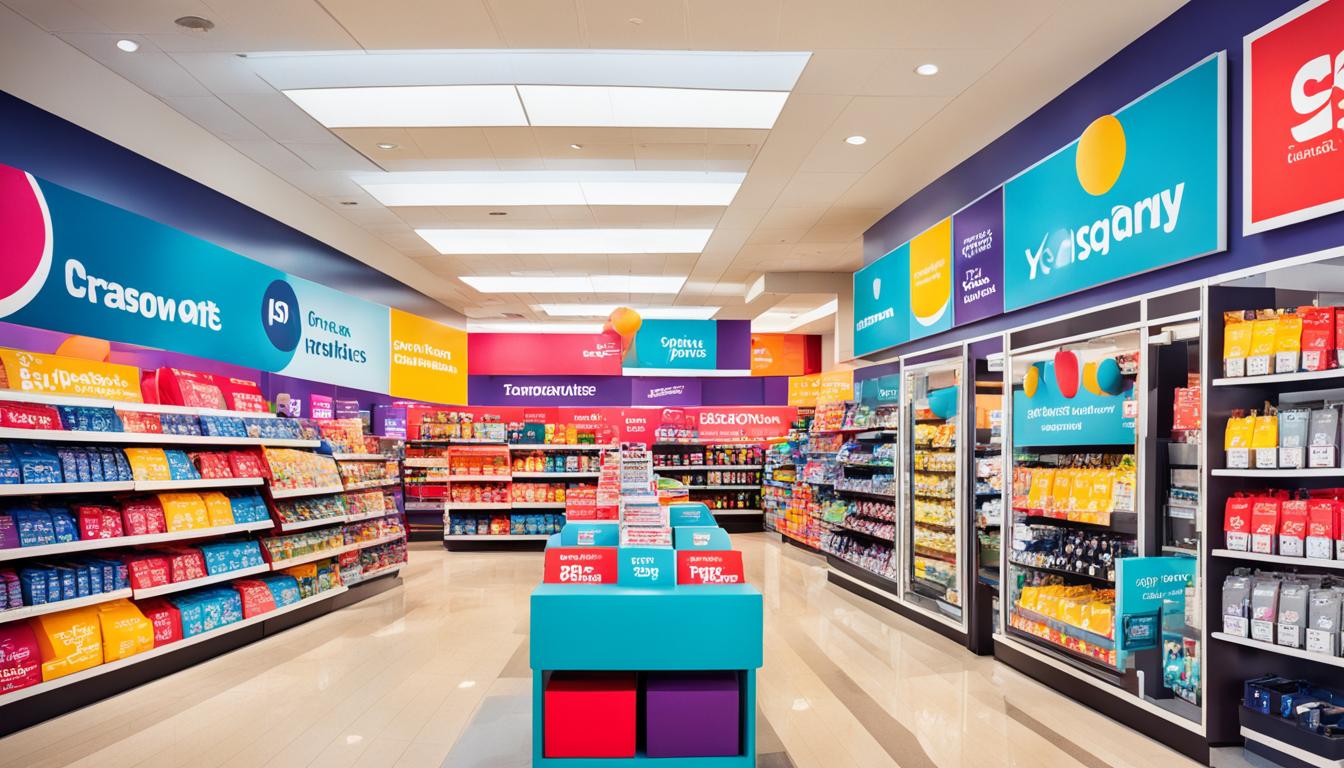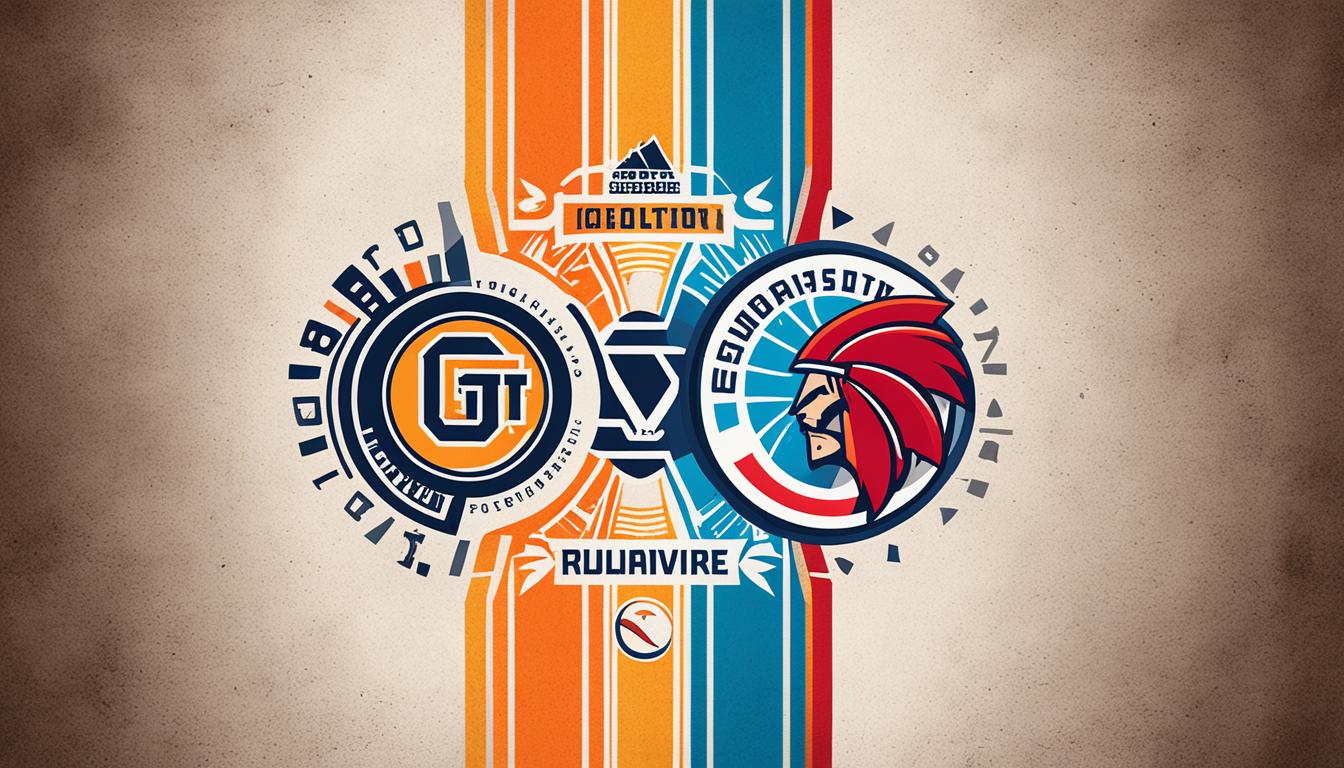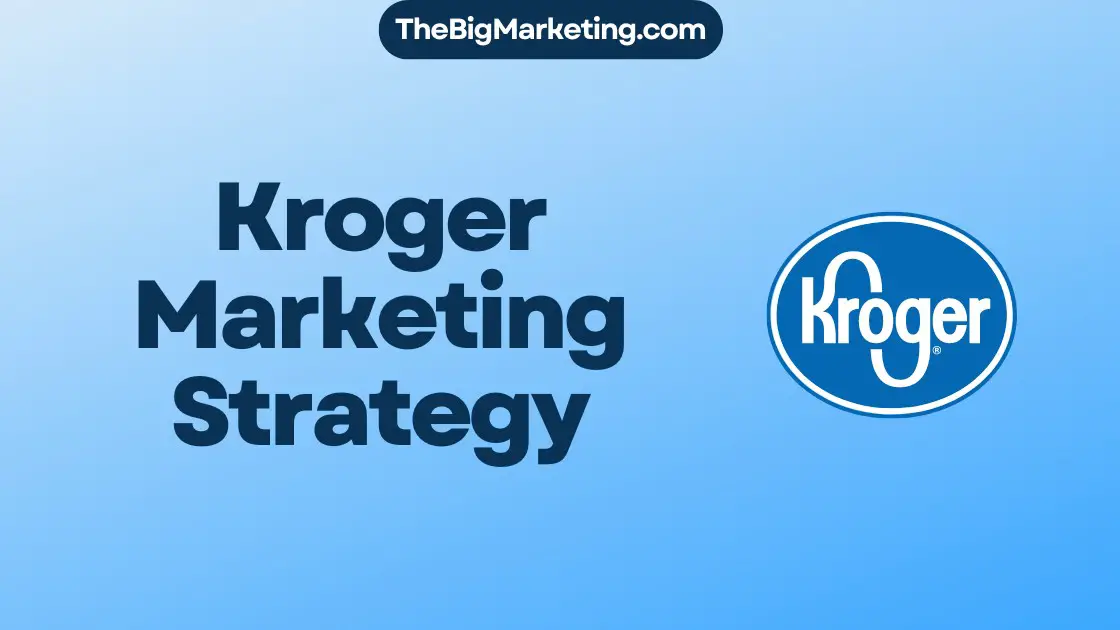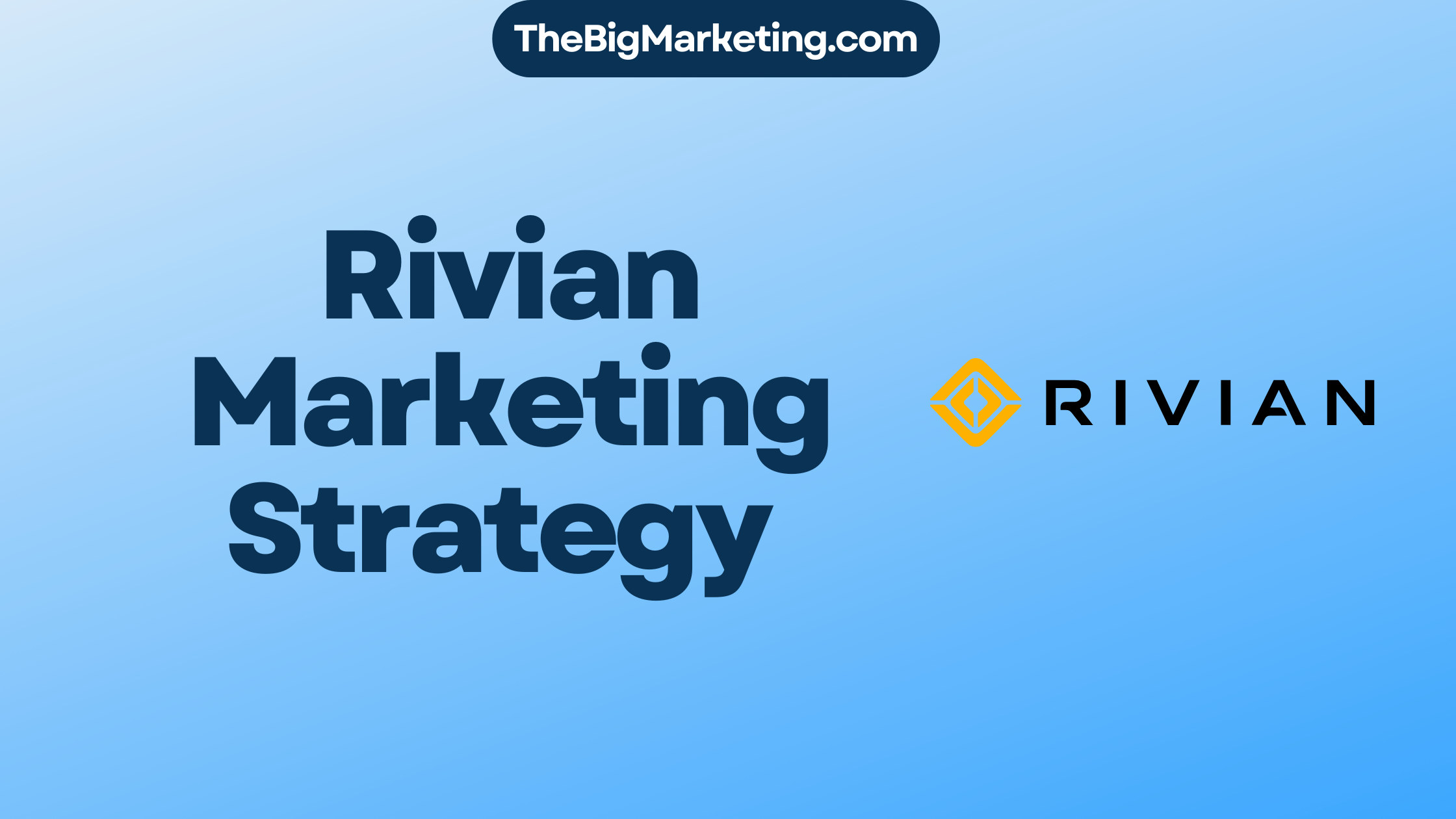Product positioning is key in marketing. It’s about analyzing the market, seeing where competitors stand, and finding a spot for a new product in consumer minds. By showing the unique value and perks of a product, companies can shape how people see it. This helps them stand out in the market.
Understanding your target audience is a big part of this process. Knowing what they need, like, and who they are helps businesses make their marketing better. Also, looking at what competitors are doing right or wrong helps a business make their product shine.
Having a unique selling proposition (USP) is crucial. A USP shows what makes a product different and better than others. Businesses need to find and share their USP to draw in and keep customers.
Today, being online matters more than ever. With so many people shopping online, how a product looks and feels digitally is crucial. Using digital marketing well and making your brand stand out online are key to success.
Key Takeaways
- Product positioning involves analyzing the market, understanding competitors, and defining the position of a new product in consumers’ minds.
- Target audience analysis helps businesses tailor their marketing tactics and messaging to meet customer expectations.
- Identifying and communicating a unique selling proposition (USP) is crucial for differentiating a product from competitors.
- Online positioning is important in today’s digital age, requiring businesses to optimize brand differentiation and utilize effective marketing strategies.
Why is Product Positioning Important?
Product positioning is key for a brand’s success. It helps brands stand out by creating a unique image in consumers’ minds. Brands match their product benefits with customer needs to meet expectations.
Product positioning gives brands an edge over others. It makes products different from what’s out in the market. This difference boosts the brand’s image and attracts more customers.
It’s also about keeping customers coming back. When brands keep their promises and meet customers’ specific needs, they build lasting loyalty.
Moreover, product positioning helps in planning promotional strategies. Brands highlight their product’s unique features and benefits. This way, they send powerful messages that connect with their audience.
Lastly, product positioning strengthens a brand’s market stance. It helps brands align with customer needs, enhance their image, and use their unique strengths. This way, brands can grow and succeed over time.
Benefits of Product Positioning
Product positioning brings many benefits that help a brand succeed. Knowing a product’s key benefits and matching them with what customers want is vital. This strategy helps reach the right audience.
One big plus of product positioning is getting ahead of the competition, even when the market changes. By making a brand stand out and meet customer needs, businesses can lead their sectors.
Strengthening a brand and its products is another key advantage. When businesses share the value and perks of their products well, they boost customer loyalty and create a strong brand image.
Having a solid promotional plan is also a perk of product positioning. By sharing what makes a product unique and highlighting its special features, companies can draw in many customers and increase sales.
Boosting competitive strength is important, too. Positioning a product to show off its best parts gives businesses an edge.
Product positioning is great for launching new items or showing off an existing product’s new features. Companies can spark interest and get customers to try their offerings by doing this right.
In summary, product positioning is key for understanding a product’s main perks, meeting customer needs, staying ahead of the competition, keeping customers loyal, making a strong promotional plan, and strengthening a business’s competitive spot.
| Benefits of Product Positioning | Description |
|---|---|
| Identifying key benefits | Recognizing and highlighting the unique advantages of a product |
| Meeting customer needs | Ensuring the product aligns with customer expectations and preferences |
| Gaining a competitive advantage | Differentiating the brand from competitors and creating a distinct market position |
| Fostering customer loyalty | Building strong relationships with customers through consistent product delivery |
| Developing an impactful promotional strategy | Elevating the product’s visibility and communicating its value to the target audience |
| Improving competitive strength | Enhancing the brand’s position in the market and outperforming competitors |
Product Positioning Strategies
For a business to stand out, product positioning is key. It helps attract the right customers. There are five main strategies brands use:
1. Characteristics-based Positioning
Characteristics-based positioning highlights what makes a product special. It brings out the unique features that competitors lack. For example, it could be about a product’s durability, speed, or tech.
2. Pricing-based Positioning
This strategy focuses on the product’s price. It shows the product as giving great value or being cost-effective. It makes customers see the product as affordable or a smart choice.
3. Use or Application-based Positioning
Here, the brand is linked to a specific use or need. It’s all about showing how perfect the product is for certain customer needs or special uses. Brands show how their products solve problems or fit into particular markets.
4. Quality or Prestige-based Positioning
Quality or prestige positioning is about the brand’s image of luxury. Products are seen as premium or high-end. It attracts customers looking for status or luxury.
5. Competitor-based Positioning
Competitor-based positioning is about being better than others. Brands highlight their strengths over competitors’ weaknesses. It’s a direct challenge to competitors in the market.
By using these strategies, brands can show the unique value of their products. Each strategy helps a brand to be distinct and attractive in the market.
Steps to Position Your Product
Positioning your product right means taking a smart approach. Here’s a ten-step guide to position your product well in the market:
- Define your target audience: Figure out who will likely want your product the most.
- Identify the key benefits of your product: Know what makes your product special and why people would need it.
- Establish brand credibility: Gain trust by showing your skills, experience, and history of great products.
- Offer a unique value proposition: Tell customers what makes your product different and why it’s the better choice.
- Consider audience segmentation: Split your audience into groups by things like age or interests. This helps you target your messages better.
- Craft messaging: Create messages that clearly tell why your product is awesome for your audience.
- Conduct a competitive analysis: Look at your competitors to see what they do well and where you can beat them.
- Demonstrate expertise: Share your knowledge and success stories to show you’re a leader in your field.
- Focus on competitive advantage: Highlight what makes your product stick out and beat others in the market.
- Maintain your brand’s position: Always check on market changes and customer wants to keep your product’s position strong.
To position your product effectively, think deeply about who your customers are. Understand what they want and need. Then, show them the unique value of your brand. These steps will help you build a strong place in the market and win loyal customers.
Examples of Product Positioning
Product positioning is key in marketing. It helps brands stand out and build a special image in consumers’ minds. Let’s look at some top examples of product positioning from famous brands.
Coca-Cola
Coca-Cola is all about happiness and sharing. Their ads show the joy and unity drinking Coke brings. It’s one of the top beverage brands loved all over the world.
Dove
Dove champions natural beauty. It boosts confidence and self-love, challenging old beauty ideas. This focus on real beauty draws consumers and distinguishes Dove from other personal care brands.
Apple
Apple leads in user experience. Its sleek design, easy-to-use interface, and device compatibility mark it as innovative and high-quality. Apple attracts tech lovers looking for the best user experiences.
Starbucks
Starbucks aims to offer the best customer experience. It’s a cozy spot between home and work for relaxing, working, or connecting. Its premium coffee and warm setting make Starbucks a coffeehouse leader.
Amazon
Amazon is a top choice for online shopping. It’s known for being convenient, having a wide range of products, competitive prices, and quick delivery. Amazon leads in the global e-commerce space.
HubSpot
HubSpot helps companies grow smarter. It offers marketing tools and services to attract, engage, and please customers. HubSpot is the go-to for inbound marketing, seen as a reliable growth partner.
Michelin
Michelin is seen as high-end yet affordable in the tire world. It highlights tire safety, performance, and durability. This appeals to those seeking top-notch tires without high costs.
Virgin Airways
Virgin Airways is known for being innovative and responsible. It offers a fun, unique flying experience while focusing on sustainability. Virgin Airways appeals to those wanting an eco-friendly and different travel option.
Volkswagen
Volkswagen is known for reliability and quality. They focus on good engineering, timeless design, and affordability. Volkswagen is trusted worldwide by people who want durable and lasting vehicles.
Nike
Nike is all about innovation and performance. It leads in athletic gear, highlighting advanced tech and athletic benefit. Nike appeals to athletes and active folks who want top-notch performance gear.
Wal-Mart
Wal-Mart is seen as affordable and comprehensive for families. It’s known for low prices, a wide product range, and convenience. Wal-Mart meets various customer needs, making it a large retail chain.
General Electric
General Electric is an expert in sustainable energy. It’s all about innovative and renewable energy solutions. General Electric appeals to those wanting eco-friendly alternatives.
These stories show strategic product positioning is crucial for a strong brand image and audience connection. By knowing what consumers need, standing out, and offering unique value, brands can position their products effectively in the market.
What is Brand Positioning?
Brand positioning is a key marketing strategy. It shows what a brand is about, its values, and how it stands out. It builds a unique image in the consumer’s mind. Through understanding the audience, defining values, and looking at competitors, brands can stand out in the market.
Let’s explore the main elements of brand positioning more closely:
Brand Differentiation
Brand differentiation highlights what makes a brand unique. It’s about showing why the brand is special. This way, customers know why they should pick it over others.
Target Audience
The target audience is the group a brand wants to reach. Knowing who they are helps shape the marketing. This way, messages hit home with the right people.
Brand Values
Brand values are the heart of a brand. They guide its actions and show the world what it believes in. This helps customers connect with the brand on a deeper level.
Competitor Analysis
Competitor analysis looks at what other brands are doing. It shows their strengths and weaknesses. With this info, a brand can stand out as the better choice.
Considering brand differentiation, the target audience, values, and competitors leads to a strong positioning strategy. This helps a brand make a memorable impact and compete well.
| Brand | Brand Positioning |
|---|---|
| Coca-Cola | Refreshment and happiness |
| Dove | Celebrating natural beauty |
| Apple | World leader in user experience |
| Starbucks | Best consumer experience |
| Amazon | Leading e-commerce store |
| HubSpot | Helping businesses grow better |
| Michelin | Upscale yet affordable brand |
| Virgin Airways | Innovative and responsible corporation |
| Volkswagen | Reliable and permanent brand |
| Nike | Innovation and performance |
| Wal-Mart | Cost-effective and complete family store |
| General Electric | Authority on sustainable energy production |
Examples of Brand Positioning
Having a strong brand position is key to standing out in the market. Let’s look at some best examples of brand positioning:
Coca-Cola
Coca-Cola is seen as a brand of happiness and togetherness. Its ads show the pleasure of getting together with drinks.
Dove
Dove stands for natural beauty. Its “Real Beauty” campaign pushes for confidence and inclusivity, telling people to love their true selves.
Apple
Apple sets itself as the top in user experience. It focuses on sleek design and new ideas, making users feel special and forward-thinking.
Starbucks
Starbucks aims to give the best customer experience. It’s all about a cosy space, top-notch coffee, and caring for the planet. This attracts those who want quality and community.
Amazon
Amazon is a top name in online shopping. It offers a huge range, quick shipping, and easy shopping, serving buyers all over.
HubSpot
HubSpot helps companies flourish. With tools for inbound marketing and sales, it helps firms attract, engage, and keep their clients happy.
Michelin
Michelin mixes luxury with affordability in the car world. It’s known for top-quality tires that are safe and dependable, fitting buyers’ budgets.
Virgin Airways
Virgin Airways is known for being innovative and eco-friendly. With great service, green efforts, and new tech, it’s not like other airlines.
Volkswagen
Volkswagen is seen as steady and trustworthy. It’s famous for long-lasting vehicles and focuses on making customers happy, keeping them loyal.
Nike
Nike centers on new designs and high performance. Its sportswear inspires all athletes to exceed their limits and meet their goals.
Wal-Mart
Wal-Mart is all about value and variety. Offering low-cost groceries, gadgets, and clothes, it’s perfect for thrifty shoppers wanting everything under one roof.
General Electric
General Electric is a leader in green energy. It’s dedicated to renewable energy and clean tech, helping the planet and future.
These instances show the many ways brands can stand out to their customers. By knowing and sharing what makes them unique, brands can secure a lasting place in the market and in people’s hearts.
What is Market Positioning?
Market positioning is about how a business engages with a whole market area. It’s not just about single product or brand considerations. It includes things like product lines, how things are priced, buying other companies, creating partnerships, and how things are sold. Figuring out a business’s place in the market and its competition is key.
This strategy considers the whole business and its market interactions. It decides on what products a company offers, their prices, and selling methods. By getting what customers want and need, businesses can make a unique positioning strategy. This helps them stand out and meet their market’s specific needs.
This strategy identifies a business’s strengths and how it can stay important in its market. It sets a company apart from its rivals. And it shows how a company can be innovative and adapt to market changes.
Key Components of Market Positioning
A few important parts make up market positioning:
- Product Lines: It looks at all products a business offers. How these products work together and their market role are important.
- Pricing: Finding the right pricing strategy is crucial. It should fit the target market and show product value.
- Sales Channels: Choosing where to sell products is significant. This choice impacts how well products are seen and bought in the market.
- Acquisitions and Partnerships: Buying companies or creating partnerships can boost market presence and product range.
Considering these points helps businesses stand out, meet their market’s needs, and grab a bigger market share.
Market Positioning Example: Technology Company
Consider a tech company that makes software for various industries. It would look at each industry’s market, understand customer needs, and offer fitting solutions. Tailoring software to meet these needs is their goal.
Deciding on pricing is another task. Their software should be well-priced against competitors. They’ll also think about how to sell their software. Options include direct selling, online sales, or working with specific industry sellers.
Teaming up with or buying other software companies can also help. This move can add to their offerings and strengthen their market position. Finding companies that add to their existing products is part of their strategy.
Market Positioning Benefits
Market positioning has many advantages:
- Competitive Advantage: Good positioning helps businesses outdo competitors.
- Market Share Growth: A solid positioning plan can attract more customers and loyalty.
- Customer Understanding: It allows businesses to really get to know their target market’s needs and likes.
- Product Differentiation: Positioning helps businesses show what makes their products unique and appealing to customers.
- Business Growth: With a strong positioning plan, companies can see bigger sales, profits, and their overall market presence.
Market positioning is essential for businesses wanting to define their market role and compete well. By looking at the whole business, products, pricing, and sales channels, they can come up with a strategy that resonates with their target market and leads to success.
How Small Businesses Can Position Products to Compete
Small businesses face tough competition. To stand out, they must position their products wisely. They need to use smart tactics to attract their target audience. These steps are crucial for success:
1. Customer Understanding through Market Research
First, small businesses must learn about their customers. They should do market research. This helps them understand what customers want and how they behave. With this knowledge, businesses can improve their products and make their marketing hit the mark.
2. SWOT Analysis
Using a SWOT analysis is smart. It lets businesses see their strengths, weaknesses, opportunities, and threats. They can use what they’re good at and fix their weak spots. This way, they can make their products stand out better in the market.
3. Developing a Product Marketing Plan
It’s key to have a solid marketing plan for your products. This plan needs a clear value message, goals, and details about your audience. It should also include pricing, ways to promote, and how to sell your product. A good plan helps tell customers why your product is special.
4. Highlighting Competitive Advantage
Small businesses must find what makes them better than others. This could be their product’s features, quality, price, or service. They need to share this advantage with their audience. This makes their products appear better than their competitors’.
5. Consistent Branding and Messaging
It’s important for all product messages to fit with the business’s overall brand. Keeping your branding and messages consistent makes your brand stronger and more memorable. Messages need to be clear and convincing. They should show the product’s value and benefits clearly. This makes the product’s position stronger in customers’ minds.
By understanding their customers, doing market research, analyzing their SWOT, and planning their marketing well, small businesses can position their products to win in the market.
Positioning Templates
Positioning templates are important tools in the product positioning journey. They include perceptual maps and brand positioning templates. These tools help show what customers think and what makes a brand special. They’re perfect for finding your audience, stating what makes you different, and standing out from rivals.
Perceptual Maps
A perceptual map is a visual that shows how customers see products or brands compared to others. It plots products based on qualities that customers care about. This way, companies can spot market gaps and position their products wisely to meet what customers want.
Brand Positioning Templates
Brand positioning templates help create a unique and magnetic brand strategy. They pave a way to define who your audience is, share your brand’s values, and set your brand apart from the competition. Using these templates makes your message consistent, improves brand recognition, and strengthens your brand’s value.
Here is an example of brand positioning template:
| Brand Attributes | Customer Benefits | Competitor Differentiation |
|---|---|---|
| Quality | Reliability and satisfaction | Superior materials and craftsmanship compared to competitors |
| Innovation | New and advanced features | Continuous product development and cutting-edge technology |
| Price | Affordability and value | Competitive pricing and cost-effectiveness |
By using this template, businesses can effectively show what they offer, how they benefit the customer, and how they’re different from others. This tool is a strategic guide for keeping a strong brand presence in the market.
Conclusion
In conclusion, product, brand, and market positioning are crucial for businesses. They help stand out and tell customers why their products are great. Knowing the target audience, highlighting product benefits, and analyzing competitors are key steps to achieve this.
There are different strategies like focusing on product features or price. Others include how it’s used, its quality, or comparing it to other products. These methods help companies establish a strong presence in the market.
Successful brands like Coca-Cola, Dove, and Apple show how good positioning leads to success. Other examples include Starbucks, Amazon, and Nike. They prove that understanding how to position your product can lead to dominance in the market.
To help businesses, tools like perceptual maps and brand templates are useful. They visually show how customers see your product compared to others. This helps in crafting distinctive positioning strategies.
Understanding product, brand, and market positioning is essential for gaining a competitive advantage. It helps businesses attract and keep customers. Ultimately, it aids in achieving marketing goals.








